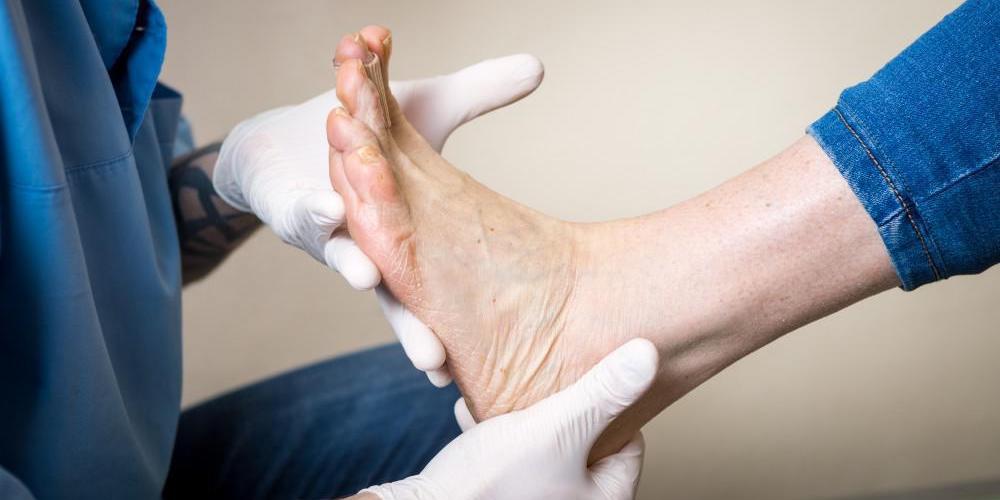A broken toe is a common, usually non-serious injury however that doesn’t mean you shouldn’t seek professional advice. If a broken toe is left untreated, it can affect your ability to walk.
Some of the most common causes of broken toes are overuse, stubbing or hitting your toe against something hard, rolling your toe, dropping an object on your toe, wearing ill-fitted footwear or osteoporosis.

Types of Broken Toes
There are several ways to categorise broken toes and they include;
- Stress fracture
- Non-displaced
- Displaced
- Open fractures
- Closed fracture
- Avulsion fracture
A podiatrist can help identify which kind of broken toe you may have.
Symptoms of a Broken Toe?
You may suspect you have a broken toe if you experience any of the following symptoms;
- Red or bruised
- Painful and swollen
- Difficult to walk on
- Discoloured
- Bone is sticking out of your foot
- Your toe is pointing at an odd angle
- You heard a snap, grinding or popping
- You feel tingling or numbness in your toe or foot.
If you have any of these symptoms, it is best to make an appointment with your Podiatrist so they can make a diagnosis and ensure that you treat the injury correctly.

Treatment for a Broken Toe
Treatment for a broken toe can vary depending on the severity of the injury although the treatment may include;
- CAM Walker or Moon Boot
- Wearing shoes advised by your Podiatrist
- Strapping of toe
- Pain & anti-inflammatory medication
- Rest your foot and keep it raised
Possible Complications
Although it is rare, sometimes complications can arise with a broken toe such as;
- Sesamoid fracture: Sesamoid fractures can take longer to heal, causing long term pain.
- Hallux fractures: They can cause deformities of the foot and big toe and lead to difficulties walking.
- Infection: Cuts on the injured toe may lead to an infection in the bone.
- Cartilage injury: If a fracture enters into a joint, this can lead to deformity and traumatic osteoarthritis of the joint.
Delayed Treatment
If your broken toe is not properly treated or if treatment is delayed, it can cause a range of side effects such as limited motion, development of arthritis to the area, worsening of the fracture, chronic pain or infection.
Moreland Podiatry – Broken Toes
Early treatment of toe and foot injuries are essential to ensure that you do not do any further damage to the structure. If you have any concerns about your toe or foot health, feel free to make an appointment at Moreland Podiatry today.

Recent Comments